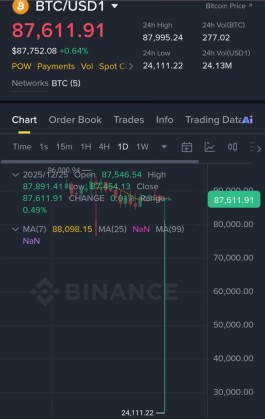The total power consumption of the Bitcoin network (BTC) has fallen sharply after simulating a two-week drop in the mining hashrate, reducing the mobility of Bitcoin blocks to 199, 225 EH/s.
According to data shared by the Cambridge Center for Alternative Finance, the Bitcoin network recorded its lowest energy demand in 2022 at 10.65 gigawatts (GW). At its peak, the Bitcoin network required 16.09 gigawatts of power.
On June 16, the Coin Telegraph report highlighted how the banking sector uses 56 times more energy than the Bitcoin ecosystem. Publisher Michel Khazaca, IT engineer, consultant and crypto expert said in an exclusive interview: “Bitcoin Lightning and Bitcoin in general are great and highly effective technology solutions that deserve widespread adoption. This invention is cool enough, effective enough, and powerful enough to gain mass adoption.
The sudden drop in energy demand in Bitcoin can be attributed to the low hash rate. The mining hashrate serves as a key security measure, and is the computing power required by Bitcoin miners to successfully mine a block.
Bitcoin mining difficulty reached an all-time high of 231,428 exhash per second on June 13, followed by a -13.9% drop over two weeks. The latest breakdown of the hash rate distribution shows that F2Ball and AntBall are the largest known miners with 81 and 80 blocks each mined over the past four days, respectively.









































